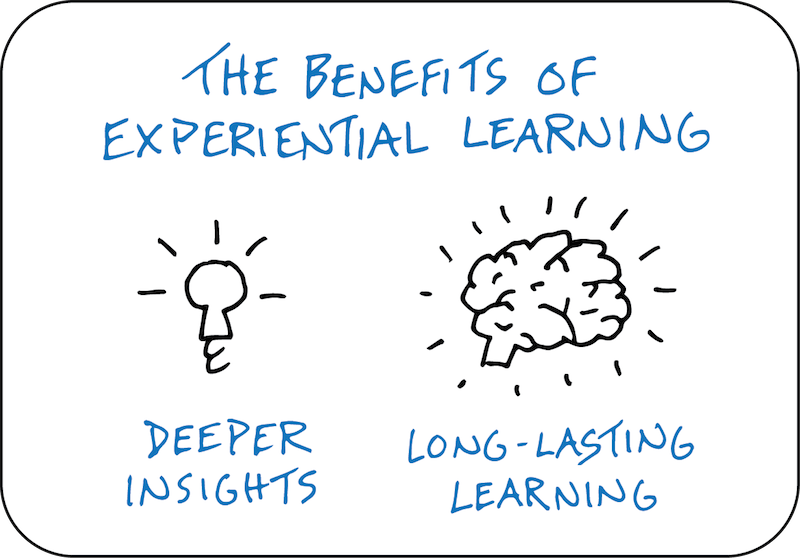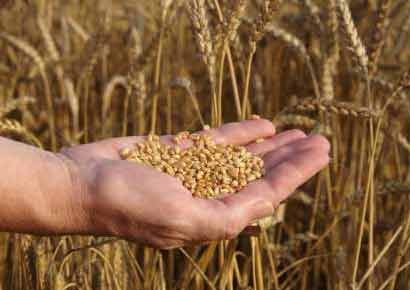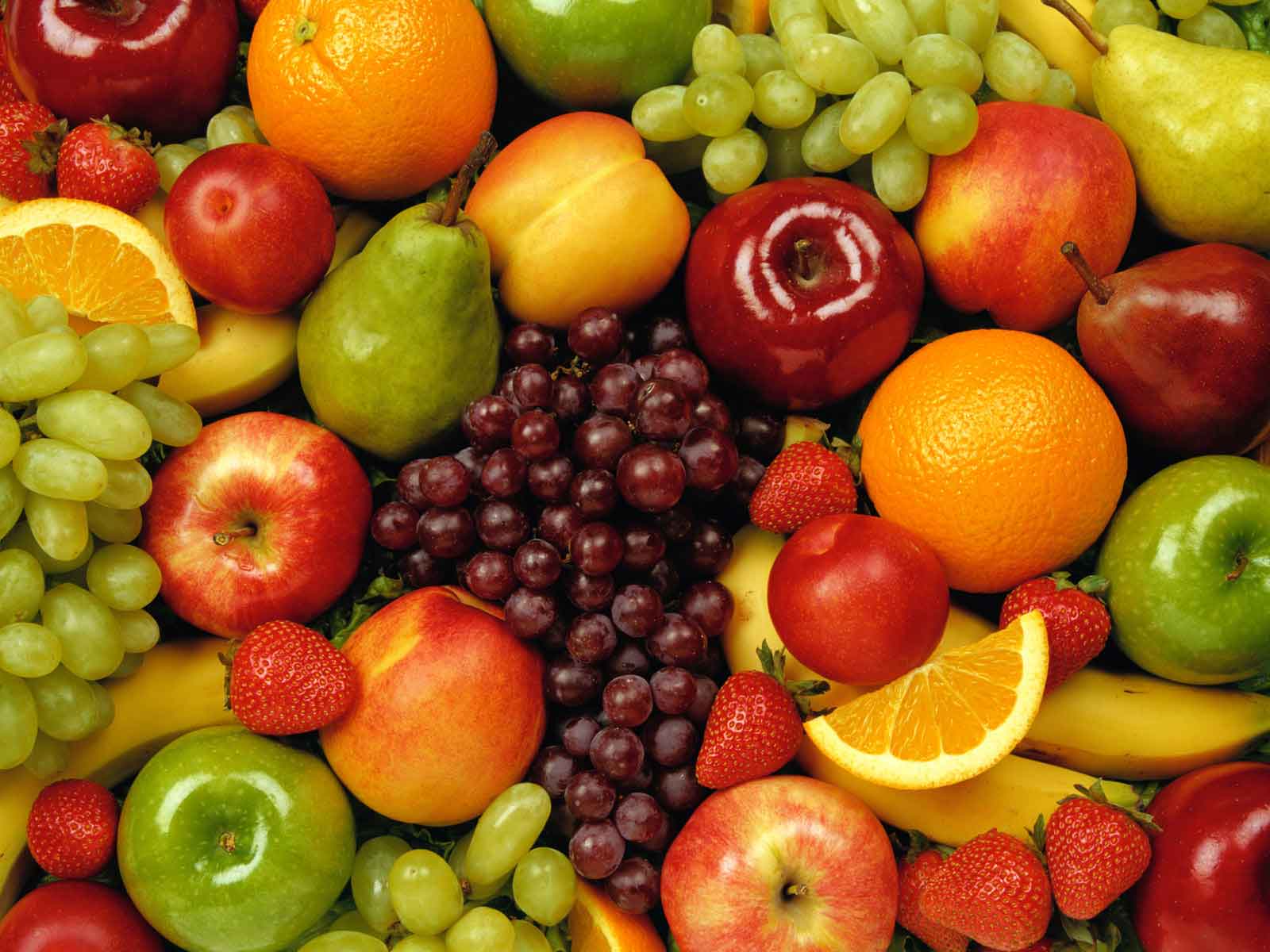Make an Impact Beyond Four Walls
“For the things we have to learn before we can do them, we learn by doing them.”
-Aristotle

Learning

Food security is the condition in which all people, at all times, have physical, social and economic access to sufficient safe and nutritious food that meets their dietary needs and food preferences for an active and healthy life. Over the coming decades, a changing climate, growing global population, rising food prices, and environmental stressors will have significant yet highly uncertain impacts on food security.
Experiential Learning
- Attend a local basic training in the National School Lunch Program to understand its operation.
- Write a Short report on how nutritional security is related to reduced risk of chronic diseases later in life.
National School Lunch Program Fact Sheet
School meals contacts
Learning

The major causes of death, illness and disability in which diet and nutrition play an important role include coronary heart disease, stroke, hypertension, atherosclerosis, obesity, some forms of cancer, Type 2 diabetes, osteoporosis, dental caries, gall bladder disease, dementia and nutritional anaemias.
Experiential Learning
- Shadow an Extension Nutrition Educator to see how they disseminate health/nutrition information to public.
Learning

Industrial crop and livestock production damages the environment, threatens human health, degrades rural communities, harms workers and compromises animal welfare. These pages provide detailed information, along with resources for promoting a sustainable alternative.
Experiential Learning
- Visit a local or university farm that uses sustainable agricultural practices and learn about current techniques used to increase sustainability.
Learning

Sustainable agriculture is a way of growing or raising food, including animals, in an ecologically and ethically responsible manner using practices that protect the environment, safeguard human health, are humane to farm animals, and provide fair treatment to workers.
Experiential Learning
- Visit a local food bank to see how they are using local foods to provide fresh produce to their customers.
Learning

Approximately 792.5 million people in the world do not get the food they need to live a healthy life. That is nearly one out of every nine people on earth. That figure is down 167 million over the past decade and is 216 million less than in 1990-1992.
Practical application of skills are incorporated as a major component in The Nexus of Food & Nutritional Security, Hunger and Sustainability course. The students who take this course will be able to combine their classroom experience with real world application of their skills by:
- Engaging in a place-based learning experiences by conducting a food security assessment in the local community. The four key areas that will be explored are nutrition, sustainability, hunger, and human impacts.
- Conducting student driven video presentations on the key areas discussing the assessments made with help of members/ experts from the respective organizations. By doing so students will gain valuable presentation and collaborative experience portraying their views and diverse scientific research perspectives.
- Documenting the community-based food security assessment by integrating the key concepts of food security with the findings from the place-based learning objectives and interviews. E-Learning tools such as documentary videos, mobile applications, and educational games are created to document localized food security needs and issues as they relate to the key areas.